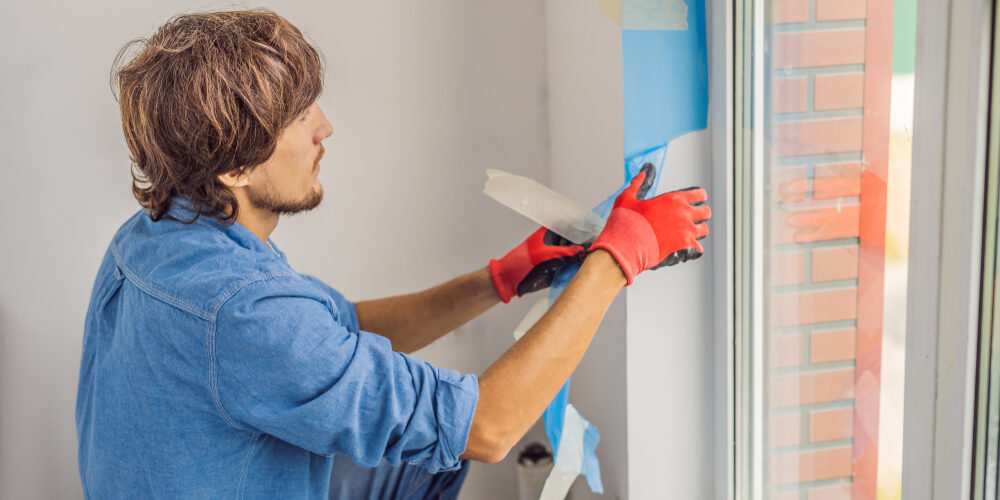Window film is typically applied to the inside surface of windows rather than the outside.
There are several reasons for this…
- Protection – Placing the window film on the inside protects it from external elements such as weather, debris, and UV radiation. This helps prolong the lifespan of the film and ensures its effectiveness over time.
- Ease of Installation: Installing window film on the inside surface of windows is generally easier and more straightforward than applying it to the outside. Access to the interior surface is easier, and there is less risk of damage during installation compared to applying the film on the outside.
- Aesthetic Considerations – Placing the window film on the inside surface maintains a smooth, uninterrupted appearance from the exterior, which can be more visually appealing. This is particularly important for maintaining curb appeal in residential or commercial settings.
- Preservation of Sealant and Insulating Gas – Applying window film to the inside surface helps preserve the integrity of window seals and any insulating gas (such as argon or krypton) that may be present between the panes. Installing the film on the outside may interfere with the seals and compromise the insulating properties of the window.
- Regulatory Compliance – Some jurisdictions have regulations or restrictions regarding the use of window film, particularly for residential or commercial buildings. Installing the film on the inside surface helps ensure compliance with these regulations and avoids potential legal issues.
Applying window film to the inside surface of windows is the preferred method due to its advantages in terms of protection, ease of installation, aesthetics, and preservation of window integrity. However, it’s essential to choose high-quality window film and have it installed professionally to ensure optimal performance and longevity.






